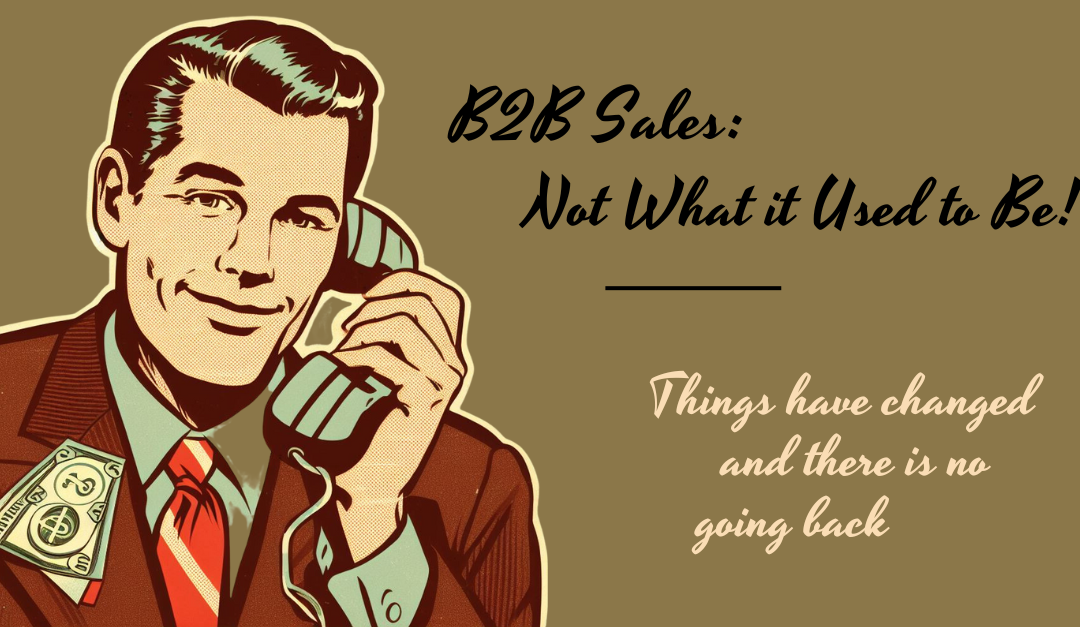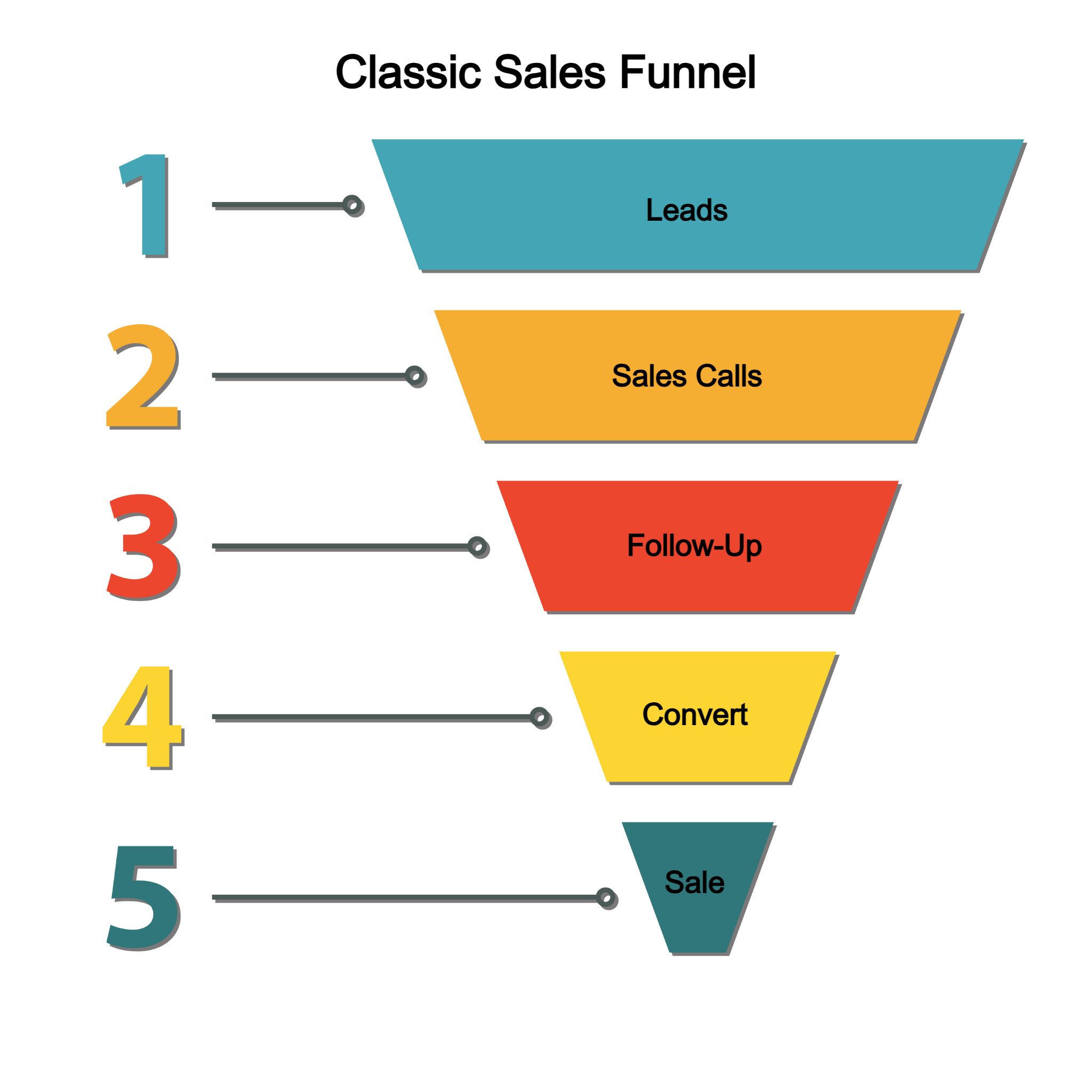B2B sales is just not what it used to be.
Thanks to the digital revolution, the B2B buying journey has changed, as has the role of the salesperson in that journey.
With the amount of information now available through digital channels – websites, search, email, and social media – salespeople are no longer the main source of knowledge for buyers. Rather than initiate contact with the sales department, most customers now prefer to begin, and in many cases, complete their buying process online.
Recent research by Gartner indicated that 33% of all buyers desire a seller-free experience – a preference that climbs to 44% for millennials. They also project that by 2025, as much as “80% of B2B sales interactions between suppliers and buyers will occur in digital channels.”
One implication of the preference for digital channels is that the B2B buying process no longer plays out in a predictable, linear manner. Instead, customers “loop” through six phases of decision-making as defined by Gartner in their report:
- Problem Identification: “We need to do something about this problem.”
- Solution Exploration: “What’s out there to solve our problem?”
- Requirements Building: “What exactly do we need the solution to do?”
- Supplier Selection: “Does this do what we want it to do?”
- Validation: “We think we know the right answer, but we need to be sure.”
- Consensus Creation: “We need to get everyone else on board.”
Buyers work through these phases simultaneously – while also jumping back and forth (looping) between the phases and associated functions as necessary. In this model, the classic “sales funnel” is replaced by something more closely resembling a flow chart.
Information Please
Given the “looping” nature of the buying journey, information plays more of a pivotal role in the sales process than ever before. Buyers value companies that offer useful information during each phase of their buying journey. And they want this useful information to be available through multiple digital channels.
The B2B customer is increasingly likely to delay or avoid interaction with salespeople altogether. Instead, they spend a significant amount of time conducting online research on their own. Indeed, it’s not unusual for buyers to progress more than 70% of the way through the buying process before ever engaging a salesperson directly.
A significant majority of B2B buyers also believe that they can make purchasing decisions based solely on digital content. This means that a salesperson may get only a fraction of a buyer’s time during the sales process.
The New Normal
There is a strong desire among buyers – especially millennials – for a seamless B2B buying experience similar to that of the B2C world.
This is the new normal for B2B sales and there is no turning back.
The key to success in this new normal is to understand that digital channels and resources should be considered active members of your sales team. To be successful, B2B companies should “place an emphasis on digital content, have more digital interaction, sell more through digital channels, and offer a more seamless experience across digital and in-person touchpoints”.
This can be accomplished by leveraging social media, websites, third-party channels, online meetings, chatbots, mobile devices, email, and texting to deliver the important information and service that customers demand.
Technology has transformed the B2B buyer’s journey and how buyers, marketers, and salespeople interact. In today’s world, there is no linear handoff from marketing to sales, or digital to in-person.
It’s imperative that sales and marketing better integrate and cooperate to meet the expectations of the B2B customer. A recent from McKinsey & Company (2023) clarified what this means in practice:
“In the past, the quarterback of the sales process was often a face-to-face key account manager. Customers now require a central sales leader to seamlessly orchestrate across multiple channels. More often than not, this will be a hybrid player that can not only be available in person when needed but also be omnipresent through remote sales technologies, virtual demonstrations, and digital relationship management”.
So Now What?
To learn more about the importance of sales and marketing integration read our latest blog post Good Things Happen When Sales and Marketing Are Integrated. To learn more about the consumerization of B2B buying visit the resources listed below. To discuss how to thrive in the “new normal” of B2B sales contact the team at NWI Business Solutions.
Sources and Resources
- The B2B Buying Journey | Sales Insights | Gartner.com
- How To Navigate the Changing Customer Buying Journey (forbes.com)
- The Ultimate List Of B2B Manufacturing Marketing Statistics (thomasnet.com)
- By the numbers: What drives sales-growth outperformance | McKinsey
- rethink-b2b-buyers-journey-v03.09-eng-us.pdf (linkedin.com)




Recent Comments